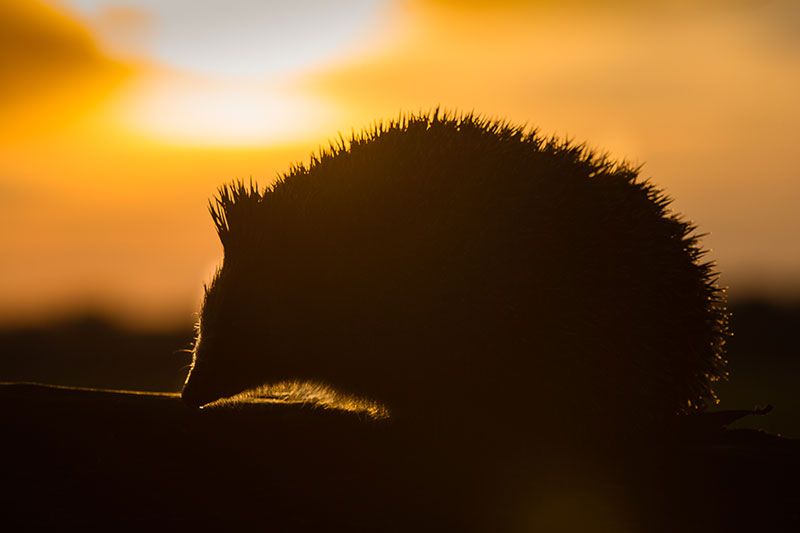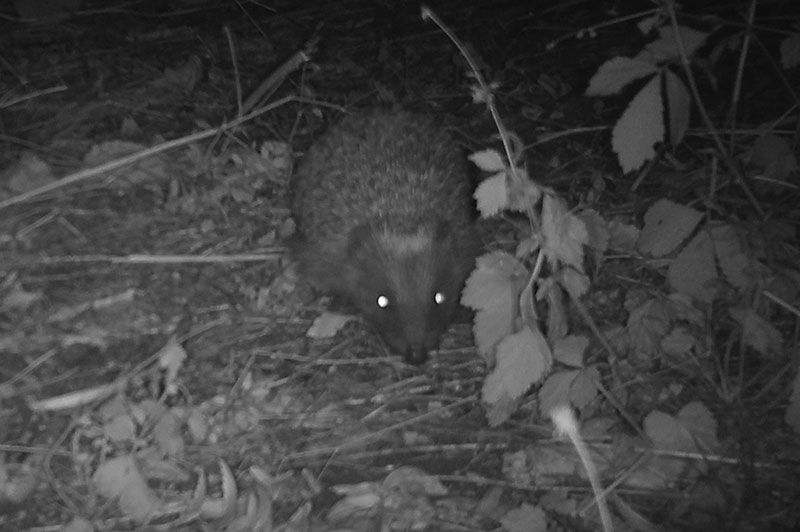Surveying for London’s hedgehog hotspots

Hedgehogs have always been an important part of our biodiversity, both in the countryside and in urban areas. But sadly their numbers have been declining rapidly in recent decades. This decline seems to be less severe in urban areas, indicating the importance of these populations for the long-term survival of the species in the UK. Hedgehogs are found in several areas across Greater London. Their distribution is patchy but we’re aware of hedgehog hotspots. The outlook for London’s hedgehogs is uncertain as we know little about these remaining populations. To ensure we don’t lose hedgehogs from any other areas in our capital we need greater knowledge about where they are and what numbers are left.
Hedgehog hotspots in the capital
PTES is pleased to be supporting intern Kate Scott-Gatty as she takes on the mantle of Rachel Cates. Rachel carried out previous camera trap surveys funded by PTES. They revealed a mixed picture for hedgehog hotspots in Greater London. In 2018, high numbers were counted in Hampstead Heath, identifying it as a hedgehog hotspot. The 2019 surveys across three South East London parks (Dulwich, Peckham Rye and Russia Dock) sadly only resulted in a single hedgehog sighting between them.
The next steps
Kate plans to expand on Rachel’s findings. One of her study sites is Barnes, south west London, which was also identified as a potential London hedgehog hotspot. We know their distribution is patchy here. They were only found in two of the five green spaces surveyed, WWT London Wetlands and Barnes Common. If these areas aren’t large enough to support a viable population of hedgehogs it’s important to identify whether they can disperse into surrounding green spaces.
It’s important to survey new areas to continue to piece together the picture of London hedgehog populations. This year, new areas in Barnes will be surveyed including residential gardens. They’ll assess whether the locations where hedgehogs are present are large or connected enough to sustain the population. As well as continuing to survey South West London, Kate is extending the reach of the project into a completely new area. She’ll look in North East London, Walthamstow and Lea Valley, to increase our knowledge of hedgehog hotspots and populations across Greater London.


